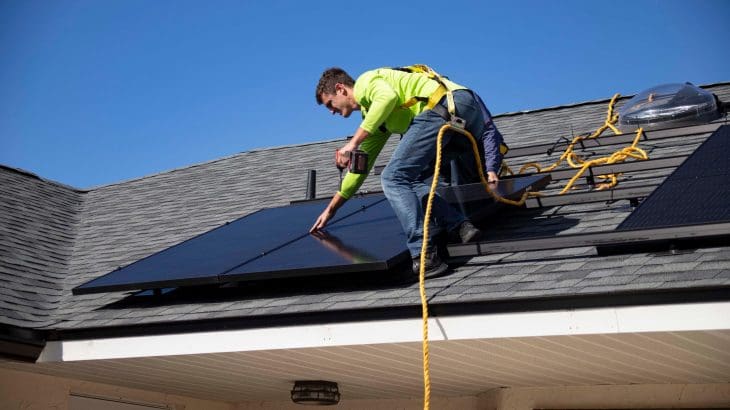Antigua & Barbuda models its way to a resilient and renewable energy power system
It is by now undeniably established that island states in the Caribbean are particularly vulnerable to extreme weather events caused by climate change. As the intensity and frequency of these weather events increases we need to rethink the future of power sectors in the region and plan – urgently – for resilience. Ongoing geopolitical events have also highlighted the region’s exposure to variable fuel costs, particularly in view of the dependence of most power systems on imported oil. Grid resilience is critical; so is economic competitiveness.
As the intensity and frequency of these weather events increases we need to rethink the future of power sectors in the region and plan – urgently – for resilience
What can local governments do to tackle these challenges, and how can international organizations provide vital support?
The power of power system modeling
Assessing power grid resilience and planning for weather and cost variability is crucial. Recently, the World Bank, working alongside Deloitte, performed a variable Renewable Energy (vRE) Integration Study to support Antigua and Barbuda. The study analyzed the current power system on the island, modeled the optimal integration of variable renewable energy sources like solar and wind over a timeframe of 20 years, and assessed the power sector’s vulnerability to extreme weather events. To assess the optimal pathway to integrate solar and wind generation into the power sector, the study modeled the future cost of petroleum-based generation and renewable energy and battery technologies.
The study found that by 2040, the optimal electricity generation mix consisted of 41% solar, 26% wind, and 23% petroleum-based generation.
To understand the effect of extreme weather events on the power system in Antigua and Barbuda, Deloitte and the World Bank power system planning team pioneered a way to model extreme weather events and their impact on the power system, particularly the grid. The study found that the optimal solution to strengthen the resilience of the power sector to extreme weather events is to build underground instead of overground transmission cables at key grid nodes.
Modeling for all weather scenarios is critical, too
When 67% of electricity is generated by variable renewable energy sources the impacts on the grid are significant in terms of resilience. Clouds, for example, can change the output of a solar farm by 80% in seconds. Power systems need to be able to respond to a drastic reduction in energy generation. It is critical, then, to understand how the local grid reacts to such changes and what measures to implement for stability.
Power systems need to be able to respond to a drastic reduction in energy generation. It is critical, then, to understand how the local grid reacts to such changes and what measures to implement for stability.
The study assessed the impact of the planned energy generation mix, including worst-case scenario days. It found that strategically placing battery and RE systems across the grid can efficiently address stability issues and mitigate various power disorders that would have resulted in placement at only a few centralized locations.
Robust data to shape national policy
In Antigua and Barbuda, the results of the vRE Integration Study will guide the government’s updated National Energy Policy and its associated renewable energy targets.
Some of the key lessons learned are already being implemented in Barbuda where a hybrid power plant utilizing solar, battery storage and diesel energy sources is scheduled for commissioning in the third quarter of 2022. Financing and support for the plant has come from the governments of the United Arab Emirates, Antigua and Barbuda, and New Zealand as well as from the Antigua Public Utilities Authority (APUA) and the Barbuda Council. Assistance from the UK is enabling underground cabling to reduce vulnerability to tropical storms and hurricane-force wind while an
These detailed analyses pave a critical path for island nation stakeholders.
inland site will reduce existing vulnerability to storm surge and sea-level rise. UK funding is also used to provide reliable green back-up generation to critical government buildings in Barbuda, like the hospital, in the unfortunate situation of grid failure after a major storm.
These detailed analyses pave a critical path for island nation stakeholders. They can help us understand the constraints of existing power systems, optimize plans to transition to renewable energy, and upgrade grids to ensure resilience in the face of extreme economic and weather events.
Written By:
Ambassador Brian Challenger, Chief Technical Adviser, Antigua and Barbuda Ministry of Public Utilities, Civil Aviation and Energy
Andre Matthias, Electricity Business Unit Manager, Antigua Public Utilities Authority (APUA)
Debabrata Chattopadhyay, Senior Energy Specialist, The World Bank
Neha Mukhi, Senior Energy and Climate Change Specialist, The World Bank
Frederic Verdol, Senior Energy Specialist, The World Bank
Tamer Teker, Energy Consultant, The World Bank


